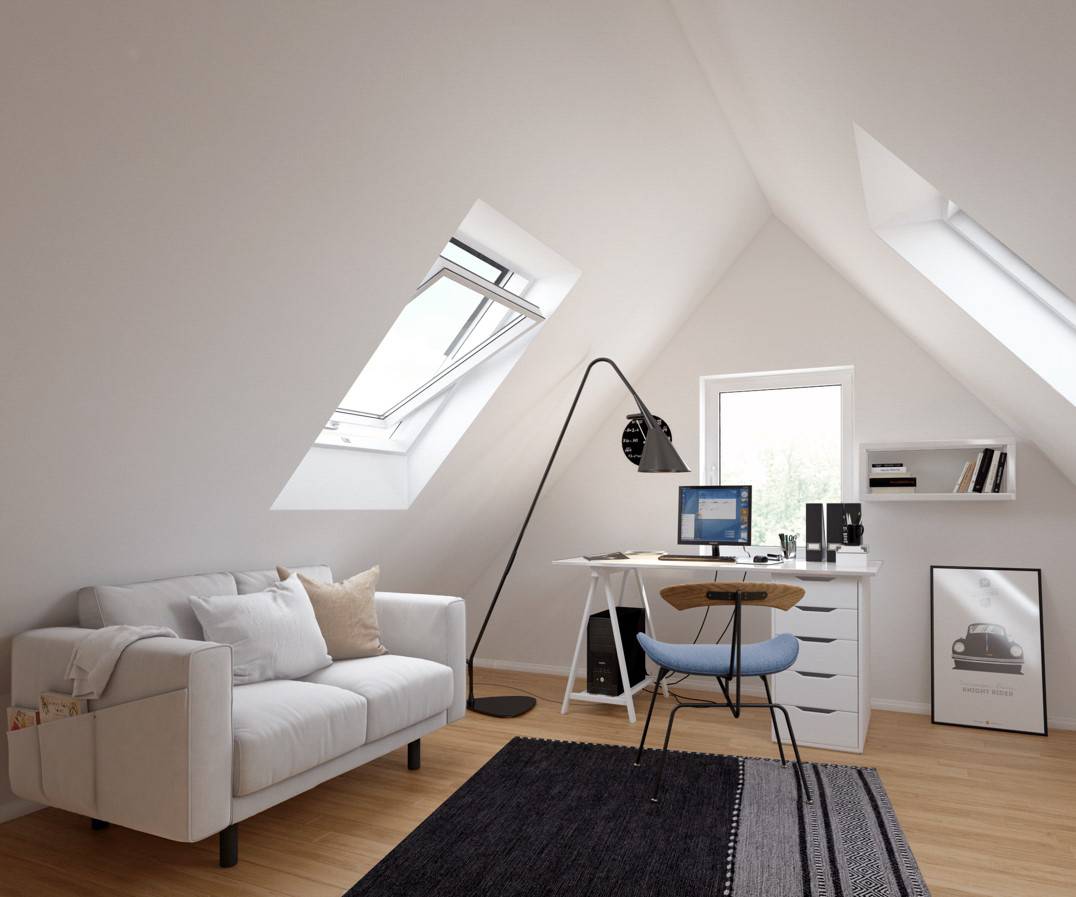
Key Takeaways
- Determining if your current foundation is strong enough and the soil conditions for adding a second story is important, and a structural engineer’s evaluation is recommended.
- Underpinning, new footings or helical piles can be used for reinforcement and the selection should be technical driven, budget driven and long-term benefit driven.
- Your prep should include walls, beams, and columns — a good structural analysis to make sure load is distributed adequately as per code, which is critical for safety worldwide.
- Building a talented team and creating a master plan with timelines, budget information and permit strategies will prevent delays and keep the project flowing.
- Expect surprises — like unforeseen damage and utility rerouting — and keep a contingency fund of 10–20% of your total budget.
- Transparent communication with experts and family members during the process will reduce impacts and keep the project on track and on quality.
When adding a second story to your home, it’s important that the foundation can hold the extra weight. Builders strengthen the foundation using materials like concrete, steel, or brick to ensure it stays strong over time. Before starting the project, builders check the soil, weather conditions, and the existing structure to keep your home safe. Structural engineers will inspect the old foundation to see if it can handle the new load. In older houses, new footings or beams might be needed to support the extra floor. Good planning helps prevent cracks and sagging, keeping your home stable. The next steps will explain what builders do and how to tell if your foundation is ready for a second story.
Why Foundation Strength Matters for a Second Story
Your home’s foundation is like the roots of a tree — it anchors the structure, transfers weight to the soil, and keeps everything stable. When you add a second story, you’re increasing the vertical load (the total weight pressing down) and potentially introducing new lateral forces (side-to-side stress from wind, earthquakes, or uneven settling).
If the foundation isn’t designed or reinforced for the additional weight, several problems can occur:
- Cracking and settling: The added weight may cause the foundation to sink unevenly, creating cracks in walls, ceilings, and floors.
- Structural instability: A compromised foundation can weaken load-bearing walls and framing.
- Water infiltration: Foundation movement can open gaps that allow water to enter, leading to rot, mold, or basement flooding.
- Code compliance issues: Building authorities will require proof that your foundation meets load-bearing requirements for the new design.
The key to a successful second-story addition is having a strong foundation that can support extra weight safely for many years.
Check Your Foundation’s Strength
Adding a second story to your home is a significant decision that begins with assessing your foundation. Check both the underground parts and the walls above to ensure the foundation can support the extra weight without issues like cracks or sinking. Look for signs of damage, such as cracks or shifts, especially on the ground floor. In a two-story home, signs like settlement or uneven floors may be more noticeable upstairs. Take note of any cracks, bulges, or issues with doors and windows. Also, examine the soil around your foundation to see if it can handle additional weight. Certain types of soil, like expansive clay, can expand or shrink with moisture, causing problems. A soil test can help determine its stability and whether moisture is a concern. Keep track of your findings, as they will guide your renovations.
1. The Soil Test
Soil testing plunges into what supports your home. A proper soil test determines load-bearing strength, moisture, and type. Expansive soils, such as clay, tend to move and can damage your foundation as a result. Test results help determine if you have to go deeper or install drains to arrest water accumulation.
2. Foundation Type
Determine if you have a slab, crawl space, or basement. Each type manages new loads differently. Deeper and wider bases—some at least 1m (about 42 inches)—can translate to better support, especially if they’re under the frost line. Foundation walls should not have big cracks or bulges.
3. Load Path
The load path is the path that the weight from above takes on its way to the ground. It has to be straight and flat, otherwise the force concentrates on individual supports. If you’re building a second story, make sure to line up new beams and posts with the most robust areas of your existing foundation. If it’s off, weight could shift and wreak havoc. Occasionally, additional lintels or support columns need to be installed to maintain security.
4. Structural Integrity
Check for weakened or compromised foundation areas. Ancient fixes could mask fragile zones. Ensure your foundation will hold up to new lateral forces, such as wind. All work must comply with local building code, so check the code before you begin!
5. Professional Evaluation
A structural engineer inspects all the specifics. They provide an account of what to repair or strengthen. This specialist could recommend design modifications for safety or code revisions. Their inspection is pivotal for long-term peace and passing future codes.

The Base and Beyond
It takes more than just a foundation to add a second story. The capacity and configuration of the old structure, such as walls, beams, and columns, need to be evaluated and reinforced to support the new load. Decisions on materials, layout, and upgrades are influenced by the building’s location, existing condition, budget, and local regulations. It can be both liberating and agonizing, bringing with it design freedom, but the challenge of moving walls or adding stairs.
Wall Strength
Walls are the spine when you’re adding another level. Begin by seeing if the current walls can support the additional load. Use simple tools or consult a structural engineer to check comprehensively. Weak spots or cracks signify that upgrades are required.
Occasionally, those older walls do require more assistance. Reinforcing with steel plates or concrete can increase strength. Shear walls are wise for windy or earthquake-prone areas. They hold the entire edifice in place, so your penthouse remains secure.
Choose wall materials that local codes permit. Codes frequently require fire resistance or a specific thickness. Complying with these rules isn’t just safe, it’s necessary for permits. Different countries might have their codes, so check first.
Beam Spans
Beams maintain the floors and roofs stable. To select appropriate sizing, take your new floor’s weight, room layout, and span length into consideration. Longer spans require either thicker or stronger beams.
Engineered lumber and steel beams jam for large expanses. Both provide great strength without enormous bulk. Anchoring beams to the existing foundation prevents movement and keeps floors flat.
Other times, the plan requires additional beams, particularly for open floor plans or load-heavy rooms. See if old beams could use upgrades, as well. Second stories typically require either replacing or doubling up on beams to meet new demands.
Column Support
The following table outlines some of the most common types of column supports, detailing their materials, typical dimensions, maximum load capacities, and the situations or structures where they are most effectively used.
Type | Material | Common Size (mm) | Max Load (kg) | Use Case |
Steel Pipe | Steel | 100–200 | 5,000–15,000 | High-rise, modern |
Concrete | Concrete | 200–400 | 10,000–30,000 | Commercial, residential |
Timber Post | Wood | 100–300 | 3,000–10,000 | Residential, rustic |
Column size must match the load it supports—undersized columns risk structural failure. Placement is equally critical: they should distribute weight evenly to the foundation. Poor positioning can block usable space or compromise the design’s visual harmony.
From a design standpoint, slim columns can save floor space but may require stronger, reinforced materials. Thoughtful column planning keeps living or work areas open and functional without disrupting natural movement through the space.
Options for Strengthening Your Foundation
When you add a second story, you place significantly more stress on a home’s foundation. With the right reinforcement, you can be safe, meet code, and avoid expensive headaches. Common options for reinforcing a foundation before a second-story build include:
- Underpinning is used to increase the foundation’s depth and strength
- Adding new concrete footings or slabs for weight support
- Using helical piles for deep, stable support in weak soil.
- Replace with steel framing for added strength and reduced weight.
- Injecting concrete grout into the soil to reinforce the foundation ground.
- Hiring a structural engineer to evaluate the existing foundation status and select the most appropriate treatment
Underpinning
Underpinning involves reinforcing and extending the foundation to a greater depth. This approach is frequently selected if you have observed indications of settling or shifting, like warped floors or cracked walls. Underpinning is the term used when you dig down in various areas under the foundation and pour new concrete to lengthen the base below its existing depth. In others, it needs to be deeper, say 1.1 meters, to get beneath the frost line and resist heaving during the seasons. Underpinning should only be executed by experienced contractors, as it’s dangerous and can interfere with everyday living during construction. This technique is more expensive but offers solid, durable support for a new second story.
New Footings
New footings radio the weight of a second story evenly across the soil. Be sure that the new footings can take the additional load and comply with local building codes. Before construction, they verify the soil conditions to ensure that these issues won’t arise, such as shifting or settling down the road. Often, new slabs or reinforced footings can be poured that are less disruptive but still demand excavation around the existing support. Good planning is crucial, particularly with slab foundations that might not offer sufficient stabilization to build up.
Helical Piles
Helical piles are steel shafts with spiral blades that twist into the soil. They are perfect for locations with loose soil. Because these piles provide instant bearing, you don’t have to stall construction while concrete sets. Installation can be less invasive than traditional underpinning, but it still requires careful engineering supervision to safeguard the existing foundation. It’s fast, although it can be expensive based on soil depth and load needed.
Steel Framing
Steel framing offers greater strength and less weight than wood. For instance, incorporating steel beams and columns can alleviate the pressure on the existing foundation. They can be designed to incorporate space for plumbing and wiring, making renovations simpler. By law, steel framing must comply with rigorous building codes and standards. Though material and labor rates may increase, the long-term reward is durability, with minimal susceptibility to warping or rot.
Understanding Your Project
A second-story addition is not a simple thing, and it requires planning and obsessive attention to detail. With proper navigational assistance, the project can add major bang to a home, but avoiding steps or pushing critical stages can bring on unnecessary stumbles. Each step will challenge your skills in aligning teams, time, and legal requirements, while ensuring the new framework integrates seamlessly with the old.
The Right Team
Begin by engaging contractors who understand second-story builds. This is not a first-timer’s position. Request previous projects as evidence, and verify the team has managed similar work. Locate engineers who can verify that the foundation, wiring, and pipes can support one more floor. You’ve got to see credentials and consult with former clients before making any arrangements.
Stay in communication with your contractors, architect, and engineers in all phases. That prevents small problems from becoming big problems. Assign each team member a specific task and schedule regular check-ins. For instance, if the plumber understands they should shift pipes before the electrician rewires, work will flow better.
The Permit Process
Building up is local by rigorous rules. Look at your local codes and zoning, and even neighborhood covenants, before you do anything. Certain neighborhoods have height restrictions or setback requirements. Overlooking these can stall your project.
It takes six weeks or more to get building permits. Get there early and save every approval. If you’re uncertain about a regulation, check with city staff for assistance. While a few cities have web tools, it’s usually quicker to just chat in person.
The Master Plan
A detailed schedule should mark each phase, from artwork to cost estimates. Ensure the architect’s plans align with your home’s aesthetic, inside and out. Budget, timeline, and who does what.
Share the plan with your entire team. Discuss it as a group so that everyone knows what you’re working toward and when their deadlines are. It forces you to pad the schedule with delays. This is crucial if you have to relocate while work occurs, or if you work remotely.

The Financial Reality
Adding a second story is more than just building up—it’s a complex project involving structural, regulatory, and finishing considerations. Here’s a more accurate breakdown based on recent U.S. data:
Cost Component | Estimated Range |
Foundation Inspection | $300–$1,000 (avg. ~$600) |
Foundation Repair/Reinforcement | $2,160–$7,780 (typical); up to $20,000+ if extensive |
Construction Cost (per sq ft) | $100–$300 (standard); up to $500 for premium |
Total Project Cost | $100,000–$300,000 (full second story) |
Permits | $200–$3,000 (varies by locality) |
Materials & Labor | ~30–40% / ~40–50% of the total budget, respectively |
Contingency | 10–15% the total budget |
Temporary Housing (if needed) | Varies by duration and local rental rates |
Home Value Increase (ROI) | Up to 65% of the additional cost |
A budget needs to span every phase, from framing inspection through finishing, to prevent unexpected shortfalls.
Engineering Costs
Check the ground and the foundation to make sure they can handle the weight and are stable. Get several quotes from experienced structural engineers. Make sure to clarify what’s included: calculations, site checks, and design reviews. Set aside extra money for unexpected issues like shifting soil or problems with an old foundation that could delay your project.
Material Choices
Collaborate with your architect to select materials that will stand the test of time. Talk about energy-efficient insulation and glazing to reduce the long-term cost. Consider longevity and upkeep — inexpensive can still be expensive in the long run. Make sure choices coordinate with your general style for a unified appearance.
Labor Expenses
Labor costs are contingent upon the scope and complexity of the project. Complicated builds or tight deadlines typically translate into increased rates or overtime. Negotiate and have contracts to protect you. Follow labor invoices and site progress to prevent budget overrun.
Contingency Fund
Reserve 10-20% of the budget for emergencies. This fund contributes to problems such as weather hold-ups or unexpected architectural defects. Disburse as required and monitor to maintain the project on course. Modify if new dangers emerge.
Hidden Challenges You Can’t Afford to Ignore
Building a second story isn’t just about adding more space on top. There are hidden challenges to think about, like the foundation, utilities, and daily living. If you overlook these issues below the surface, you could face serious delays, safety risks, and unexpected costs.
Hidden Damage
Hidden Damage Type | Typical Signs | Repair Options |
Uneven settling | Sloped floors, sticking doors | Underpinning, slab reinforcement |
Moisture intrusion | Damp patches, mold, warped finishes | Drainage fixes, waterproofing |
Structural cracks | Cracks in drywall, at corners | Epoxy injection, masonry repair |
Wood rot | Soft floorboards, musty smells | Wood replacement, framing repair |
Uneven settling, if not repaired, results in lopsided floors and jammed doors. Wall cracks upstairs frequently lead to foundation issues. Moisture that sneaks through at the ground floor can rise, warping floors and finishes above. Specialists need to examine and log everything, and any fixings need to be noted for the record. Timely action on any damage found stops bigger problems and more expensive ones down the road.
Utility Rerouting
It’s not just plumbing and electrical and HVAC when you add a 2nd story. Pipes and wires might have to shift to accommodate the new design. This is no easy task–rerouting utilities need to conform to rigorous building codes and safety regulations. It’s crucial to collaborate with both contractors and utilities to minimize any service disruptions. Everyone else, from family to project teams, needs to know when change will occur and how that will impact daily life.
Living Disruption
Construction is loud and dusty, and intrusive. You may require temporary living arrangements if the work is heavy. Even if you’re hunkering down at home, anticipate blaring noises, sealed rooms, and intervals of no water or power. Discussion with the contractor begins to establish timelines and expectations. Comfort and security are priority number one—establish safe zones separate from the work and maintain communication with the build team. Do yourself and your family a favor and always inform them of new routines or living spaces so everyone is prepared.
Conclusion
Old concrete can seem sturdy, but cracks or shifts reveal fragile places. Look for indicators such as sloping floors or doors that stick. Fix these first. Steel beams, additional footings, or wall bracing can assist. Some houses have to be fixed up from the ground before they can add new mass on top. Every job has its unique blend of mess and expense, so expect the unexpected. Hire local pros who know building codes and soil rules. Spend time, inquire a lot, and beware of surprise charges. A girder scheme holds the work even.
Are you ready to move forward? Share your story or ask for help in the comments—your experiences can help others, too.
Frequently Asked Questions
1. What foundation is needed for a second story?
A sturdy, reinforced concrete footing typically needs to be poured for a second story. An engineer would check if your foundation can handle the additional load before constructing.
2. How do I know if my foundation can hold a second story?
A structural engineer can evaluate your foundation. They will test for cracks, material composition, load-bearing capacity, and, subsequently, suggest upgrades or reinforcements if necessary.
3. Can you reinforce an existing foundation for a second story?
Yes, foundations can often be strengthened through underpinning or piering. As always, work with a professional to select what’s best for your structure.
4. What are the common complications when adding a second story?
Typical problems are concealed foundation damage, old building codes, and having to relocate plumbing or electrical systems. These may impact project cost and schedule.
5. How much does it cost to reinforce a foundation for a second story?
Prices differ significantly per location, square footage, and current status. Foundation reinforcement can cost thousands to tens of thousands of US dollars.
6. Who should assess my foundation before adding a second story?
Your foundation should always be evaluated by a licensed structural engineer. Their expertise guarantees safety, legal compliance, and proper project planning.
7. How long does it take to reinforce a foundation?
Strengthening a foundation for a second story can take anywhere from several days to a few weeks, depending on the project’s complexity. Careful planning and coordination help keep the process on schedule.
Your Dream Second Story & Primary Suite Built by Mares & Dow Construction & Skylights – Let’s Create the Extra Space You’ve Been Dreaming Of
Unlock your home’s full potential with a custom second story or primary suite addition from Mares & Dow Construction & Skylights. With over 40 years of experience, we specialize in high-quality expansions that blend seamlessly with your home’s existing structure and lifestyle needs.
Whether you’re looking to add a luxurious primary suite, expand upwards with a second story, or enhance your living space in other ways, we customize each project to suit your vision, your home’s architecture, and your long-term goals.
Key benefits of our second story & primary suite services include:
• Expanding your living space to accommodate growing families or additional functionality
• Boosting your property’s value with expert design and construction
• Creating energy-efficient, stylish living areas designed around your needs
Proudly serving Contra Costa County—including Alamo, Danville, Orinda, Martinez, and San Ramon—Mares & Dow Construction & Skylights is your trusted partner for functional, beautiful, and lasting home expansions.
Contact Mares & Dow Construction & Skylights today for a free, no-obligation quote and let’s build the second story or primary suite of your dreams!
Disclaimer
The materials available on this website are for informational and educational purposes only and are not intended to provide construction, legal, or professional advice. You should consult with a qualified general contractor or industry professional for advice concerning any specific construction project, remodeling plan, or structural concern. Do not act or refrain from acting based on any content included on this site without seeking appropriate professional guidance. The information presented on this website may not reflect the most current building codes, regulations, or industry best practices. No action should be taken in reliance on the information on this website. We disclaim all liability for actions taken or not taken based on any or all of the contents of this site to the fullest extent permitted by law.




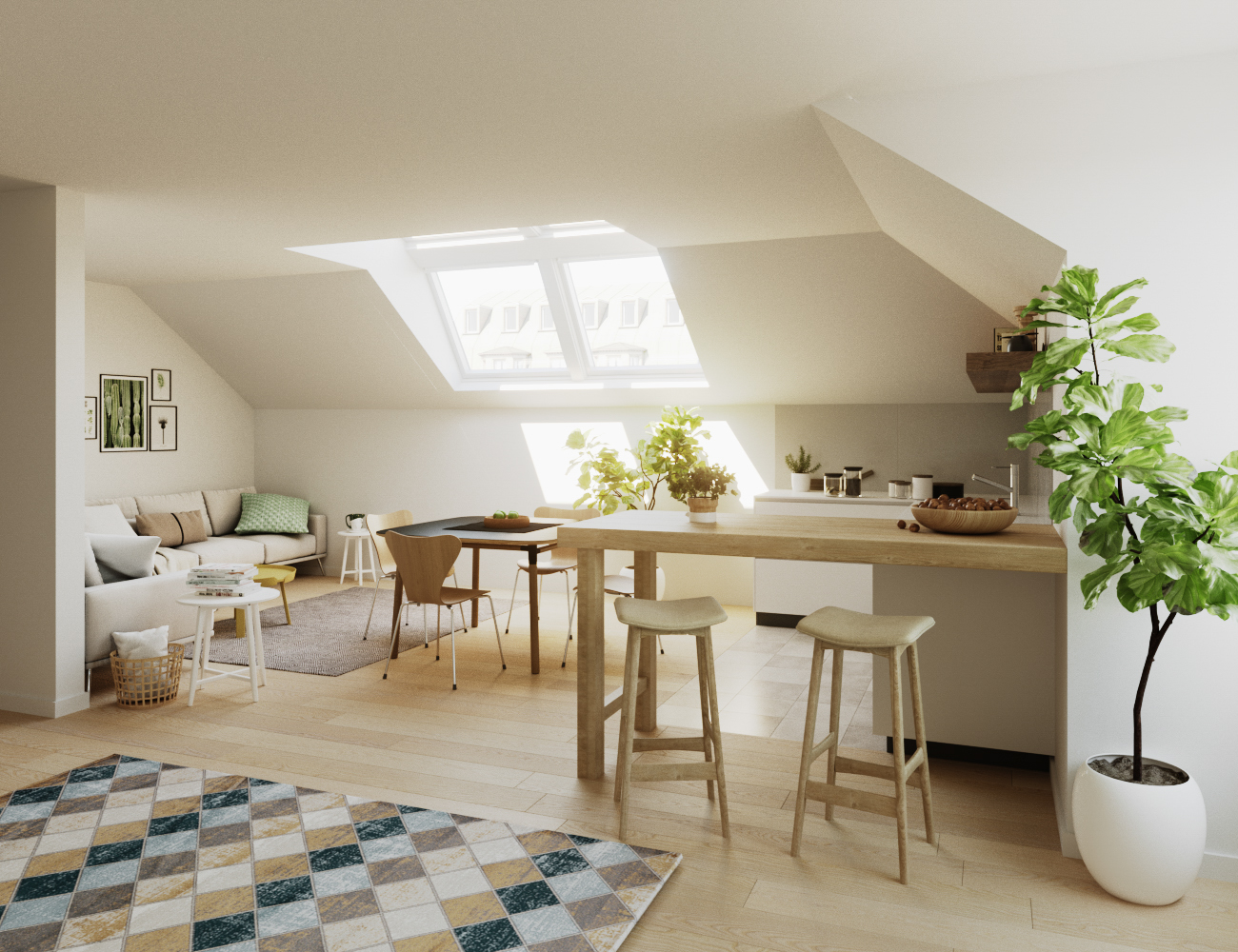















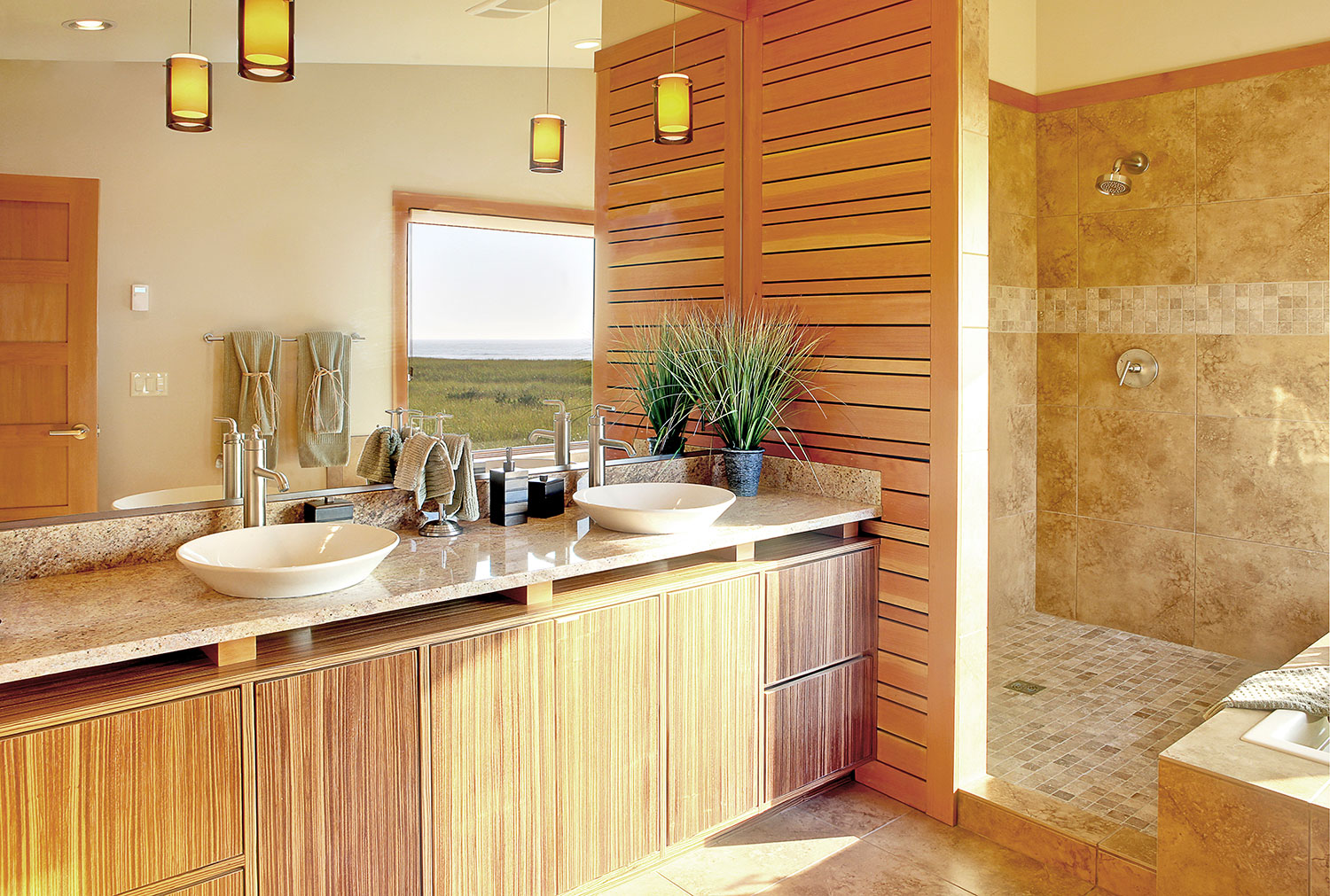
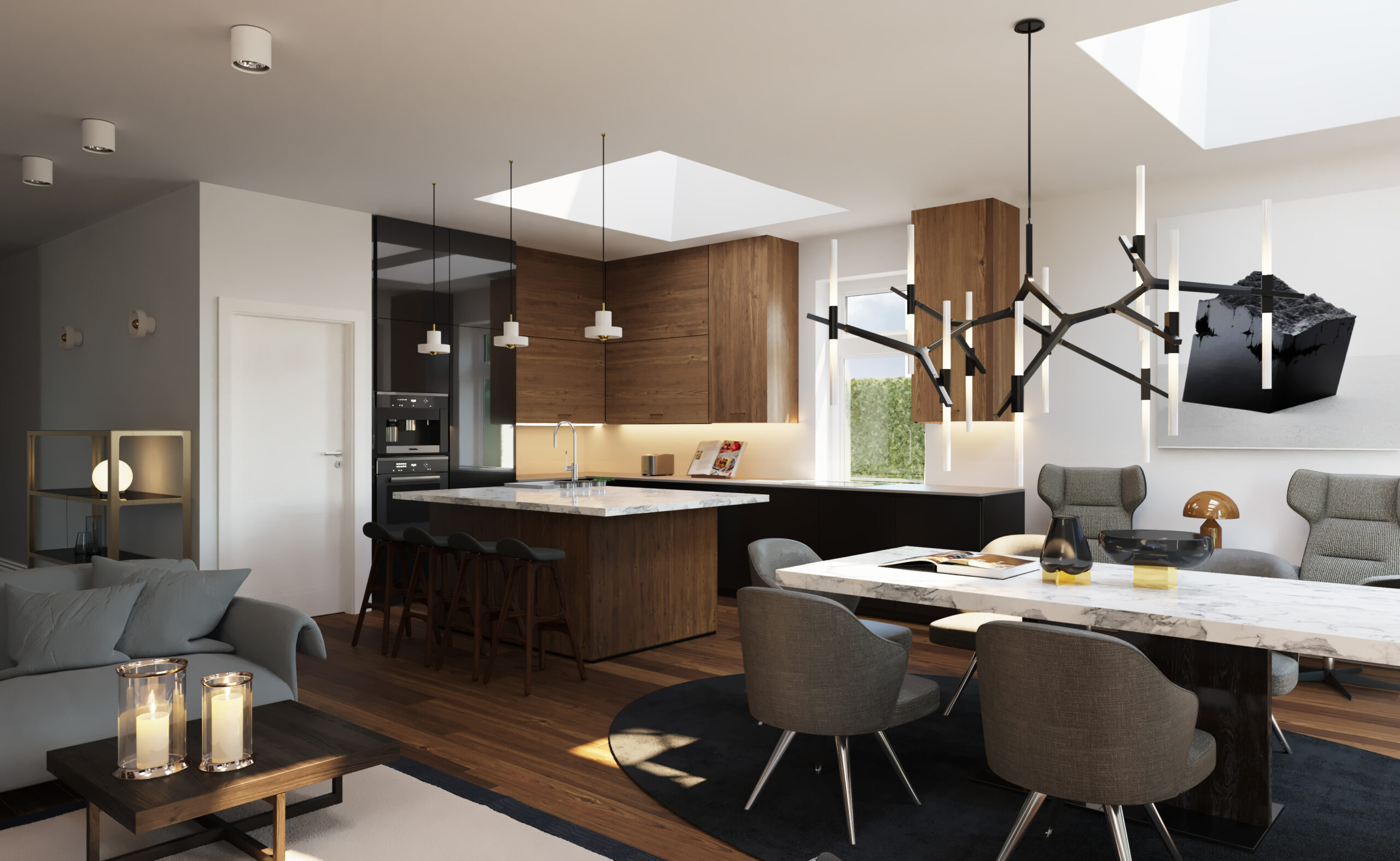



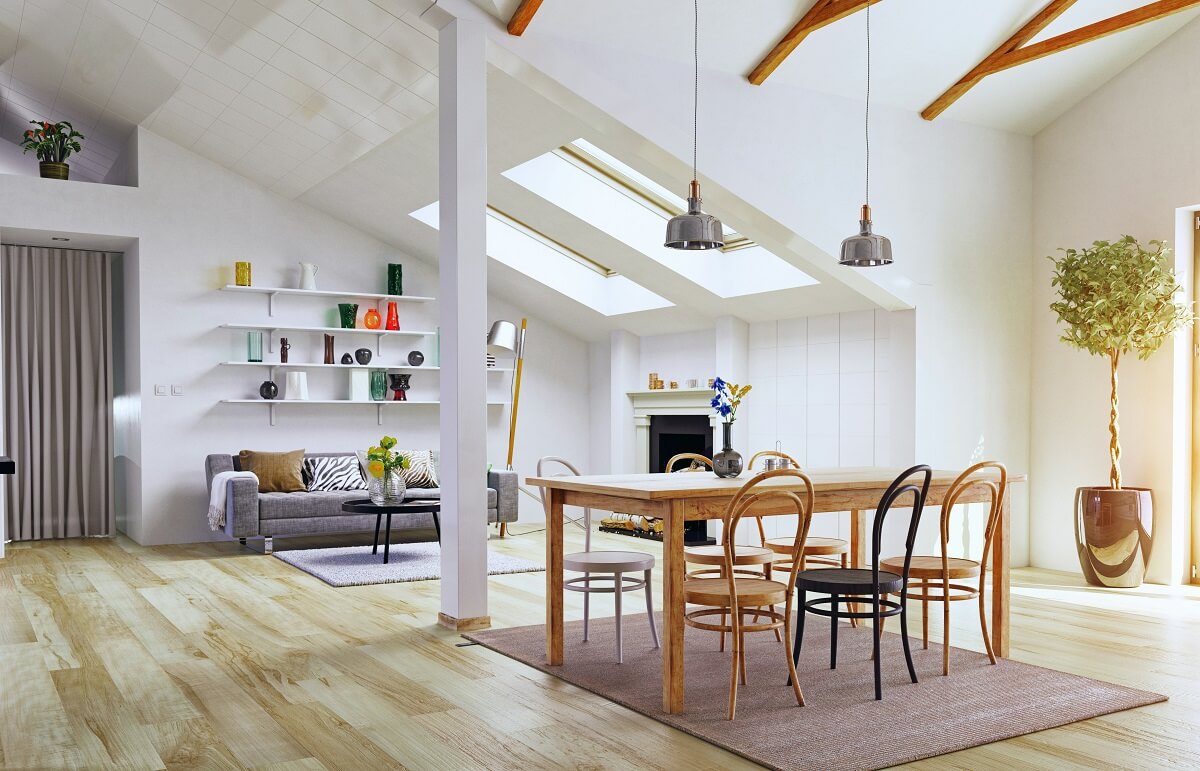

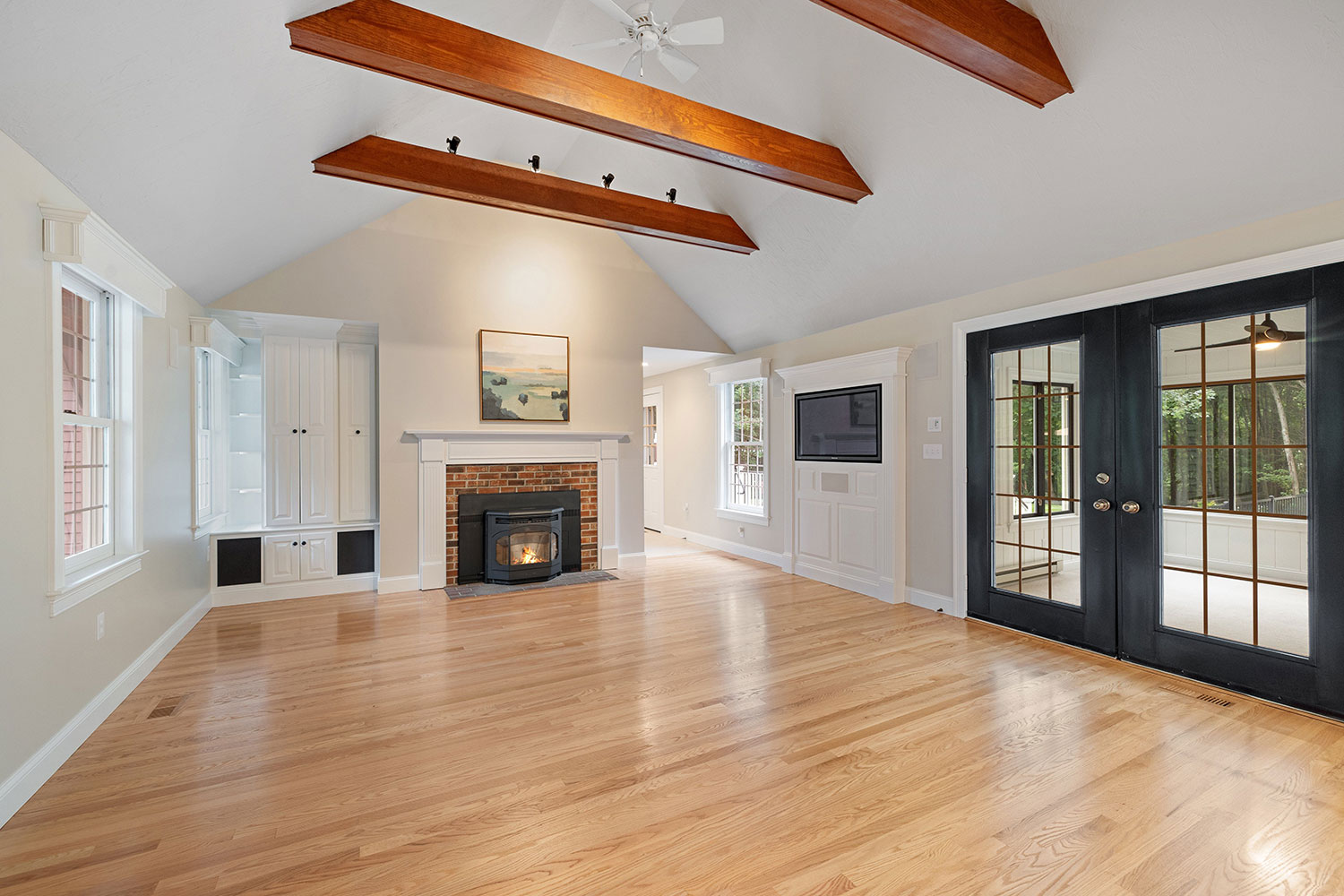





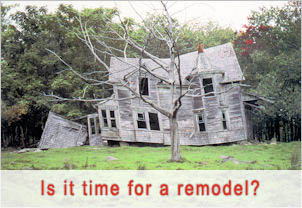
 based on
based on 

